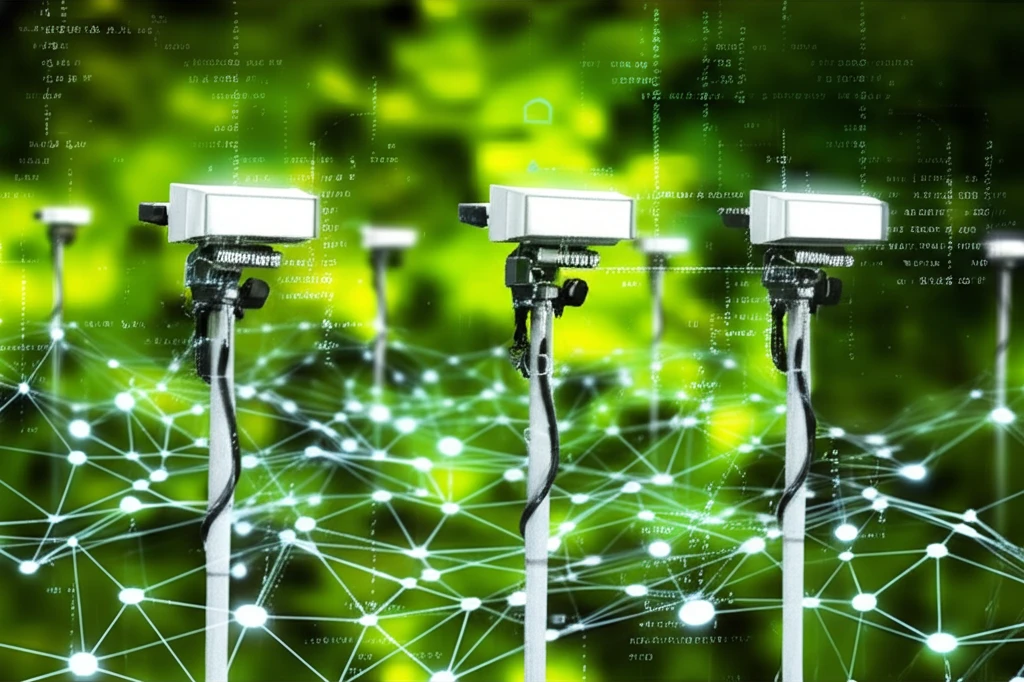
Are We Safe? Unveiling Hidden Dangers in Environmental Radiation Monitoring
"Advanced Techniques Expose Critical Malfunctions in Radiation Detection Systems, Ensuring Public Safety"
In a world increasingly aware of environmental risks, the presence of radioactive or nuclear facilities demands constant vigilance. Radiation surveillance networks act as silent guardians, tirelessly working to ensure the safety of workers and the public. These networks, often mandated by regulatory agencies, provide a crucial layer of protection, offering reassurance to communities living near potentially hazardous sites.
These networks consist of strategically placed detectors that continuously measure environmental dose rates, accumulating vast amounts of data. Traditional analysis focuses on ensuring that radiation levels remain below established safety thresholds. However, a more nuanced approach is needed to guarantee the reliability and accuracy of the monitoring systems themselves. This is where advanced analytical techniques, like covariance matrix analysis, come into play.
Covariance matrix analysis offers a deeper look into the performance and data quality of radiation detection systems. By examining the relationships between different detectors in a network, this method can uncover subtle malfunctions that might otherwise go unnoticed. This proactive approach ensures that monitoring systems function correctly, providing a robust defense against potential radiological hazards.
The Power of Covariance Matrix Analysis

The CIEMAT's Radiological Network, composed of several sensors, was used to evaluate the use of covariance matrix. The detectors are located in the same facility, so the detectors measurements are often very similar, because they share the same environmental and weather conditions. The records show high correlation as can be observed into covariance matrix.
- Enhanced Accuracy: Detects subtle malfunctions that traditional methods miss.
- Cost Efficiency: Minimizes economic consequences by identifying issues early.
- Improved Security: Strengthens radiological protection, ensuring regulatory compliance.
- Data Quality: Provides quality assurance of records from radiation detector networks
Protecting Our Future
Advanced analytical techniques offer a proactive approach to environmental radiation monitoring, ensuring the reliability and accuracy of detection systems. By embracing these innovations, we can enhance our ability to safeguard communities from potential radiological threats, building a safer and more secure future for all.
